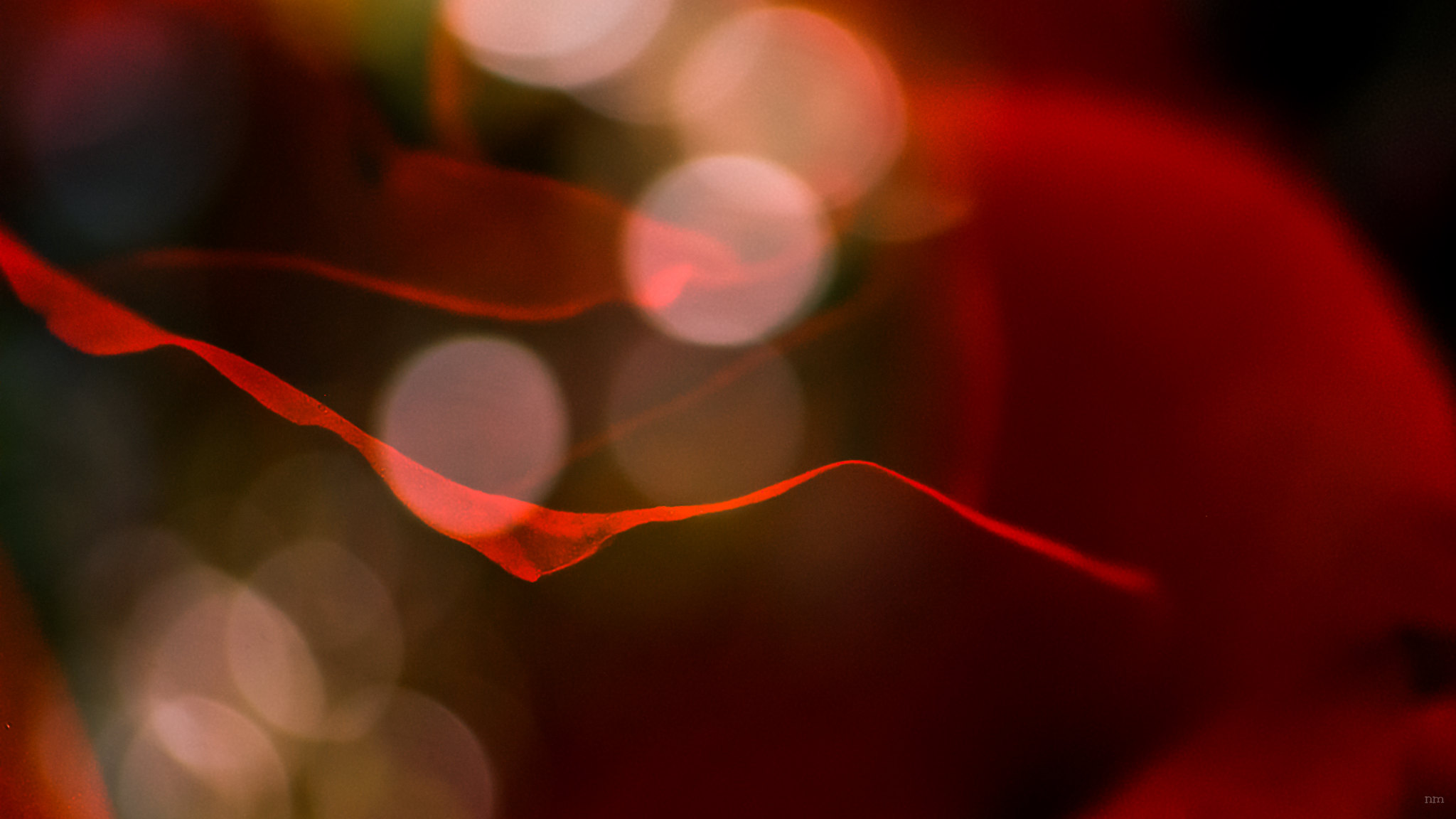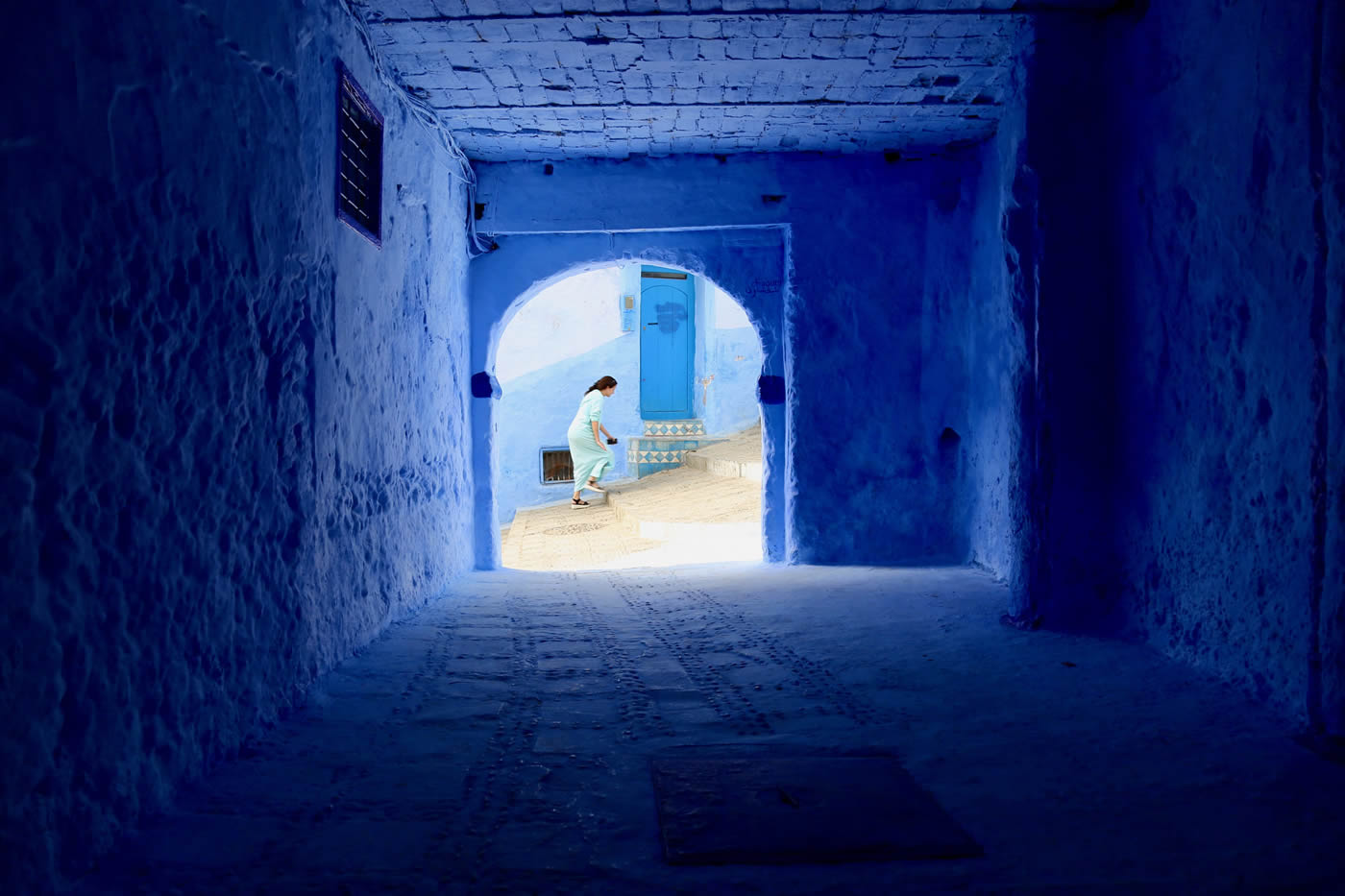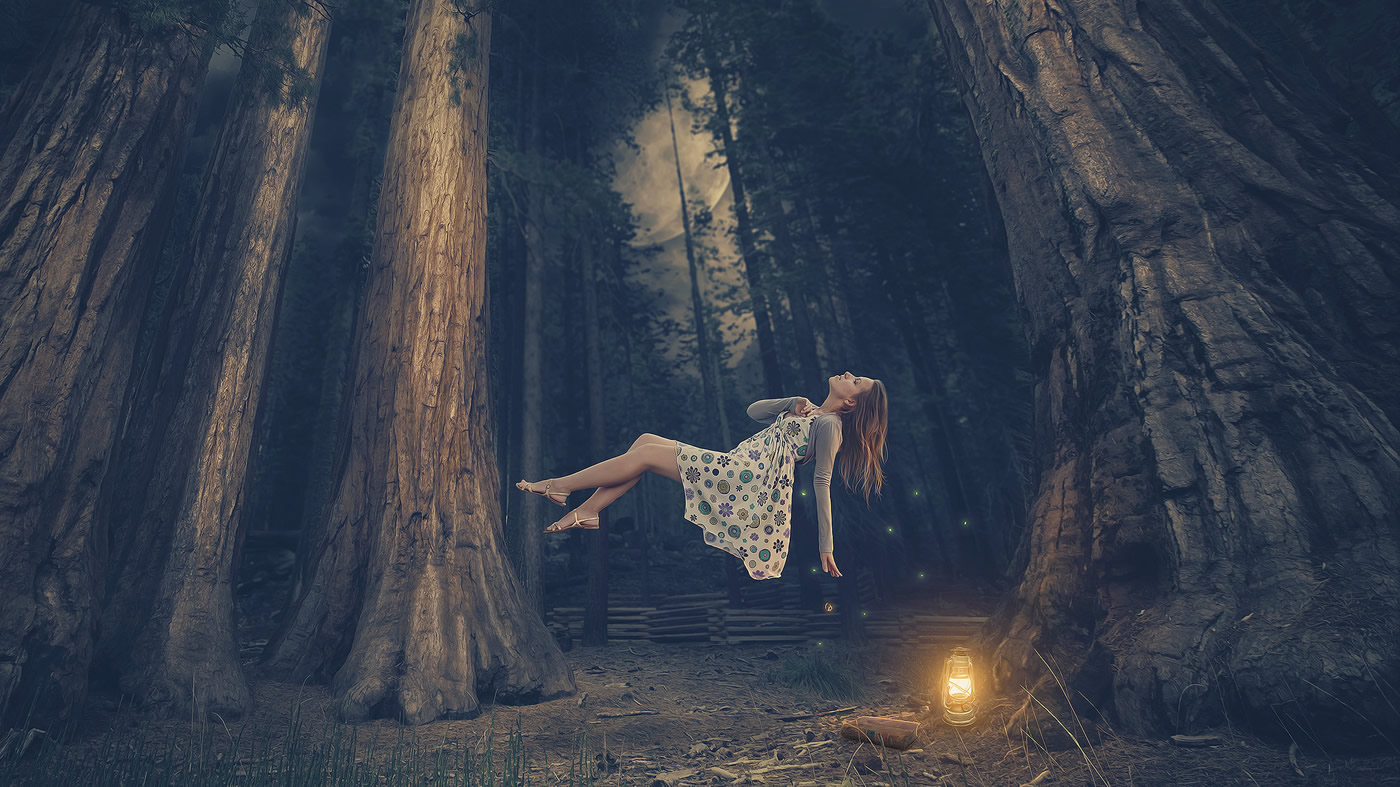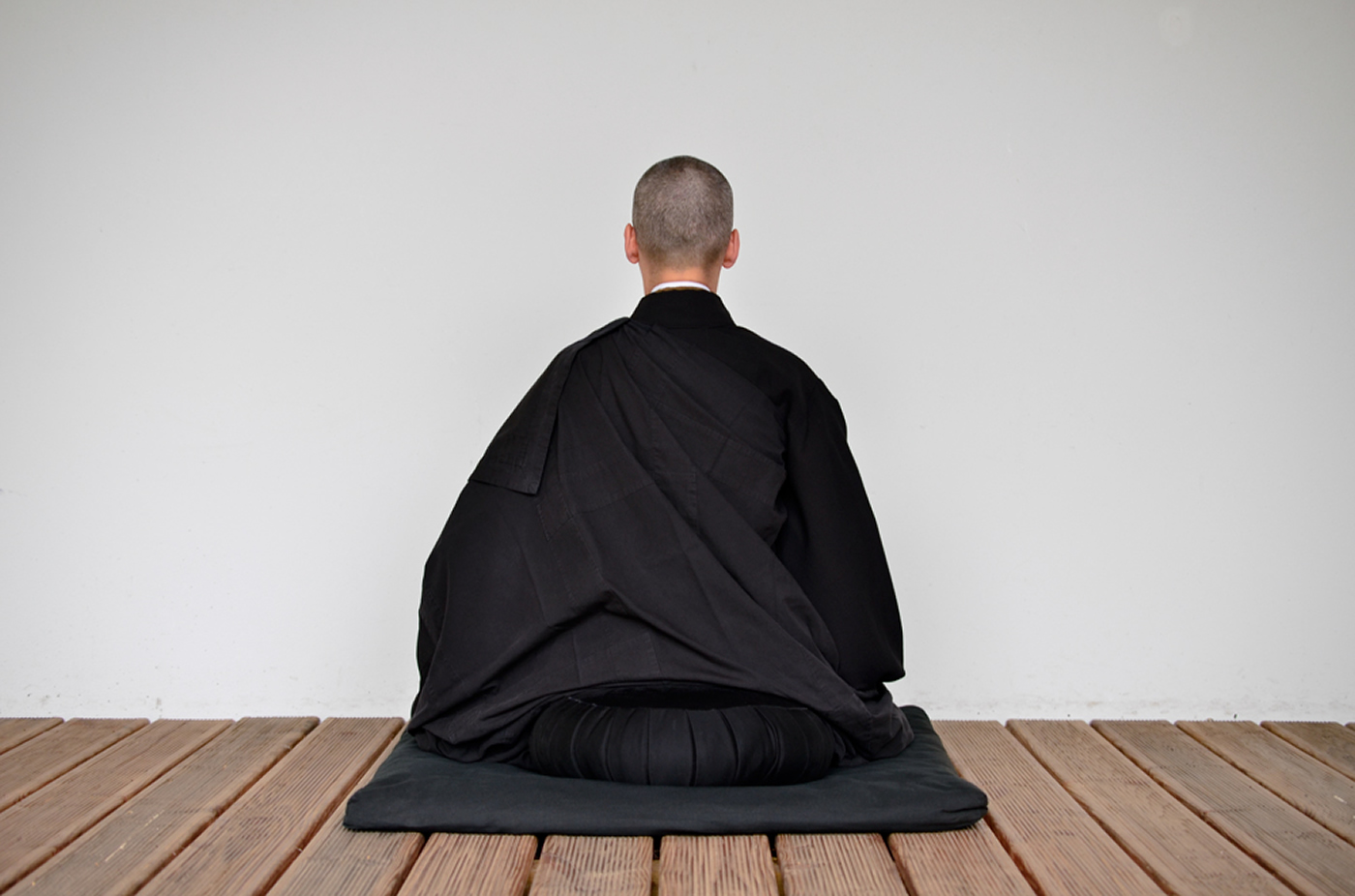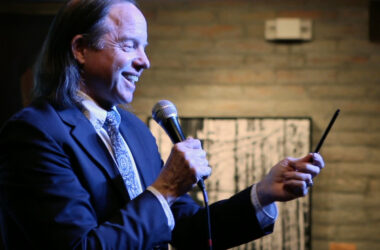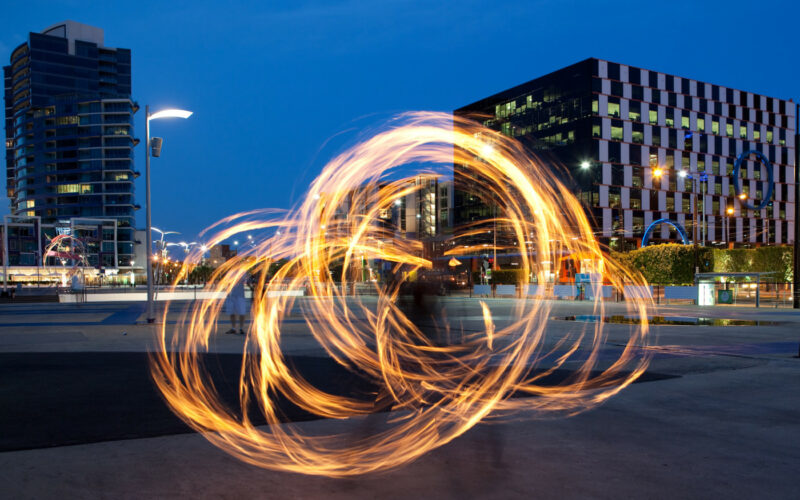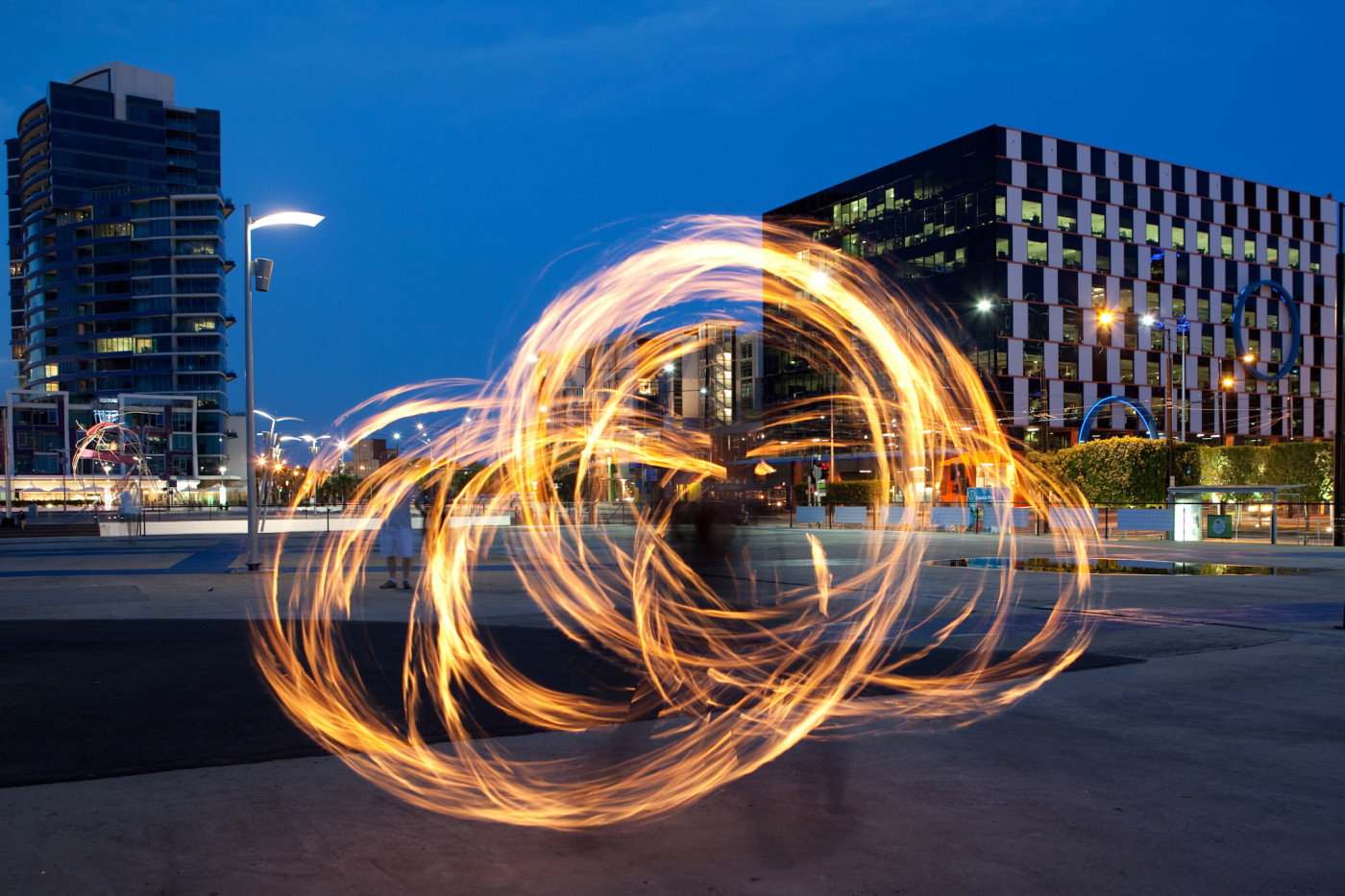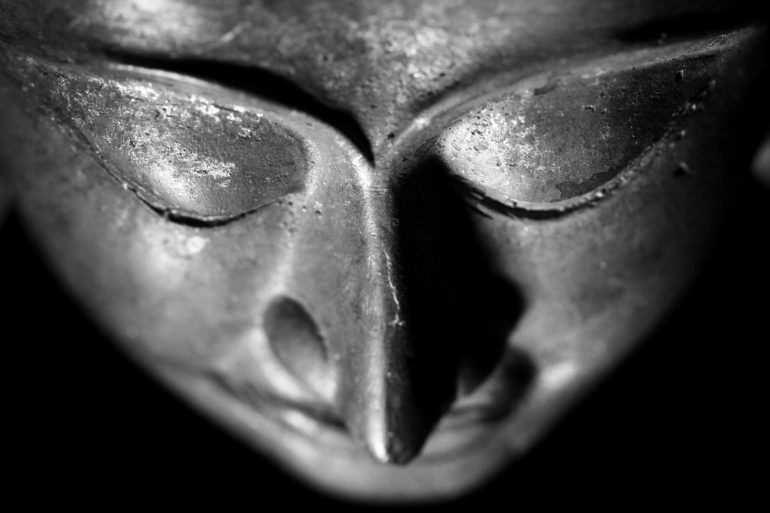Meet Your Inner Channels: An In-Depth Exploration of the Subtle Body of Yoga
The following is from The Lamp that Illuminates the Very Heart of All the Essential Points in the Golden Harvest of Attainments, by Chone Lama Drakpa Shedrup (1675-1748) of Tibet’s famed Sera Mey Monastery.
Our third section from above—an explanation of the layout of the inner channels, winds, and drops—will be covered in three parts: an explanation of the channels, an explanation of the winds, and an explanation of the drops. Here now is the first.
There is, generally speaking, a standard way of explaining the number of inner channels. This is first because the Sutra on Entering the Womb teaches that there are a total of 80,000 inner channels: 20,000 each on the left and the right sides of the body, and the same for the front and back. And then according to the way of the secret word, there are a total of 72,000 channels in the body.
Of all these inner channels, there are 120 primary ones: the 32 petal channels at the tip of the head, the 16 at the throat, the eight at the heart, and the 64 at the navel. These are considered primary in that they serve as the foundation for the inner wind, and the elements of enlightenment.
Among these 120 channels, there are 24 which are considered main channels: the channels of the 24 holy places. We think of them as “main” channels because they supply the causes for growth of things like our head hair, bodily hair, nails and so on.
You might ask just what, in the body, these 24 locations are. They come in three groups of eight, with the first group called the “eight channels of enlightened mind.” Through these channels it is inner wind which principally flows:
1) The channel called The Lady of the Indivisible, at the hairline
2) The Lady of the Subtle Form, at the tip of the head
3) The Lady of Love, at the right ear
4) The Lady of the Father, at the left temple
5) The Short Lady, at the left ear
6) The Lady Born of the Turtle, at the center of the eyes
7) The Lady of the Gate, at the two eyes
8) The Lady of Power, at the two shoulders.
Next are the “eight channels of enlightened speech.” The main thing that flows through these channels is the blood element:
9) The Lady of Faults, at the two armpits
10) The Lady of Entrance, at the two breasts
11) The Lady of Flow, at the heart
12) The Lady of the Course, at the navel
13) The Lady of the Night, at the tip of the nose
14) The Lady of Coolness, at the mouth
15) The Lady of Heat, at the throat
16) The Lady of Joy, at the two cheeks.
Lastly there are the “eight channels of enlightened form.” What primarily flows through these is the element of semen:
17) The Lady of Perfect Excellence, at the tip of the sexual organ
18) The Lady of Heaviness, at the anus
19) The Lady who Disrupts the Flow, at the two thighs
20) The Lady who Splits the Union, at the two calves
21) The Lady of Absolute Beauty, at the sixteen fingers and toes
22) The Lady of the Juice, at the tops of the two feet
23) The Lady of Cooking, at the four of the thumbs and big toes.
24) The Lady of Pure Mind, at the two knees
Of all these different channels we’ve mentioned so far though, the most primary are the three of the channel of taste, the solitary channel, and the central channel. This is because these three provide the primary foundation for wind and consciousness; and also because all the other inner channels develop based on these three.
Now some have expressed the opinion that the inner channels and drops begin their development in the body at the navel, but the fact is that both of these form first at the heart. This is true because a great many highly authoritative sources state that—when the consciousness enters the womb, at the beginning, it enters at the place where the heart develops; and so too, at the end, the consciousness when we die moves on from the heart.
Now there is a specific way in which the primary channels develop. Eight channels form first, at the heart, with five of these coming before the rest. These are the channel of taste, the solitary channel, and the central channel at this location; the Lady of the Triple Turn, which is the channel petal on the east side; and the Lady of Desire, the channel petal to the south. After these form the Lady of Home, to the West; the Lady of Inner Fire, to the north; and the Obstructing Demoness, which is a channel that runs together with the central channel. These channels collectively are known as the “eight channels which form first, at the heart.”
The channels of the four directions come out of the point where the two side channels— the channel of taste and the solitary channel—hook around the central channel, twining around it and creating a knot. These channels develop out like something in the inside of the central channel bulging forth then popping out, piercing through the side channels.
The upper ends of these three channels—the channel of taste, the solitary channel, and the central channel—extend straight up through the middle of the body; then the tip bends down a bit until it reaches the level of the spot between the eyebrows, where they then go down a little to the right and left.
The lower ends of the same channels, in a male, extend down to the tip of the penis; in a female, to the tip of the vagina. There are also parts of these channels that extend down to the soles of the two feet.
There is also a specific manner in which that channel called the “Obstructing Demoness,” the one which runs along with the central channel, is situated within the body. Its lower end penetrates the navel chakra; the upper end travels up along with the central channel until it reaches the level of the throat, where it bends over and penetrates the channel of the tongue.
The channel known as the “Heart Channel” is the Life Channel: it runs up the inside edge of the spine and is supported by it. It is like the main beam then of the house of the body; and the trio of the channel of taste, the solitary channel, and the central channel are themselves supported by this channel.
The four channels of the ordinal directions split off then from the four of the cardinal directions. From the Lady of the Triple Turn, to the east, branches the Channel Petal of the Southeast. From the Lady of Desire, to the south, branches the Channel Petal of the Southwest. From the Lady of the Home, to the west, branches the Channel Petal of the Northwest, and from the Lady of Inner Fire, to the north, branches the Channel Petal of the Northeast.
Those eight are know by the name of “eight channel petals which are seasons of the eight channel petals of the heart.”
Given this fact, what we call the “eight channel petals at the heart” and what we call the “eight channel petals which form first, at the heart” are not the same thing. This is because the trio of the channel of taste, the solitary channel, and the central channel— along with the Obstructing Demoness—are included into group of eight which form first, at the heart, but are not part of the group called the “eight channel petals of the heart.”
Now because the winds of the four elements flow through the four channel petals of the heart that correspond to the cardinal directions, these channels themselves are also spoken of as the “channels of the elements.” And because the four of visible, smellable, tastable, and tangible objects flow through the four channels of the ordinal directions, these are also known as the “channels of offering.” It is also said that feces, urine, semen, blood, and phlegm—the five nectars—flow through these channels.
Each of these eight channels just mentioned branches off into three further channels, distinguished by the fact that they primarily carry either wind, blood, or semen. This is how we get what are called the “Channels of the 24 Holy Places”: those channels which are situated at 24 places in the body such as the center tip of the head. These 24 are listed as they appear in the secret teachings of the Highest Bliss, ranging from the hairline to the knees.
Now if we take these 24 channels and add to them the eight channels which form first, at the heart, we come to a separate group of 32 channels which are collectively known as the “channels which carry the element of enlightenment.” This is found in the scripture called Joined Together where it says,
The 32 channels
Whose nature it is that
Of the element of enlightenment
Are the highest of all.
We should note however that when it is stated that the element of enlightenment is carried in the Obstructing Demoness, what’s meant is that it runs through this channel only at the time of death or during spiritual practice. In the natural state of things, neither inner wind nor the element of enlightenment ever passes through this channel.
Not only do these two not flow through this channel; the channel itself prevents the flow of wind or the element of enlightenment through other channels. And this is in fact why it is variously know either as the “Obstructing Demoness,” or the “Channel that Yoginis Must Seek to Stop.”
It is also the case that—in the natural state of things, and with the exception of the time of death—no inner wind flows up and down inside the central channel either. This is due to the fact that this channel is so tightly constricted by the knot formed by the channel of taste and the solitary channel.
The fact that winds do flow in this channel at the time of death is due only to the knots in the channel opening at this point, which happens only through the power of our ordinary karma.
There is a system on the division of these channels which is a point made in the String of Diamonds, an explanatory tantra which is shared by the secret teachings of both Highest Bliss (Dechok) and the Secret Collection (Guhyasamaja). This system is clarified in the works such as the Wish-Giving Cow. These say that the 24 channels branch out into three more each, according to whether these branch channels primarily carry semen, blood, or wind. This brings us then to a total of 72 channels.
Each of the 72 channels then branches off into a thousand each, bringing us to a grand total of 72,000 channels. If we take these 72,000 then we can divide them into three groups of 24,000 channels each: one group of channels which primarily carries semen; a second group which primarily carries blood; and a third group which primarily carries inner wind.
These three great groups of channels are given the respective names of the “channels enlightened form,” of “enlightened speech,” and of “enlightened mind.” These are also simply referred to as the “three circles of channels.”
This is described in the String of Diamonds with the following lines:
We have then those three
With the names of
Lalana, Rasana, and Avadhuti.
These then radiate forth,
In stages, until they become
The eight channels of the seasons.
The three become then Twenty-four,
and when these Are split into three circles,
The division into eight channels
Split into the three
Of sacred sounds of enlightened
Body, speech, and mind
Results in a total
Of two and seventy channels.
There is a great division then
Of each of these
Into another thousand.
And so we say that
The entire whole,
With all its individual branches,
Amounts to 72,000
Different channels in number.
Alternately, the channels at the 24 sacred places can be divided up into three groups of eight each. The first group consists of those channels which carry courage, body, and semen. The second consists of the channels that carry particle, speech, and blood. The third then consists of the eight channels which carry darkness, mind, and the carrier winds.
These three groups, respectively, are thus referred to as the “channels of enlightened body, speech, and mind,” or simply the “channels of body speech, and mind,” or else the “channels of courage, particle, and darkness.”
As the text called Samputa (The Kiss) puts it,
Courage and particle
Are of the nature
Of body and speech;
While darkness
Is that of mind.
Now there is a way of relating 31 of the channels we’re talked about here to the goddesses of the secret system of Highest Bliss. The trio of the channel of taste, the solitary channel, and the central channel relate to the Sow.
The channels of the 24 places then relate to the goddesses of the three circles. And the channels of four directions correspond to the Four Holy Women.
Now it has been taught that there are not any channels among those of enlightened body, speech, and mind which relate to the eight guardian goddesses at the gates of the cardinal and ordinal directions. Nonetheless, it seems to me perfectly appropriate, in general, to relate these goddesses to the channels. This is because they do relate to the channels in the sense, for example, of springing forth from the channel at the root of the tongue. Our point is further established by the fact that it is stated in scripture that the elements contained in the channels of the 24 places relate to the various warriors.
As such, we can say that calling these groups the “channels of the 24 holy places” or the “channels of enlightened body, speech, and mind” or the “channels of the three circles” bears a significant relation to the teachings of Highest Bliss.
Now there are certain synonyms for that trio of channels—the channel of taste, the solitary channel, and the central channel. The central channel is also known as the avadhuti; Rahula; the channel free of the two; the channel of darkness; the channel of the mind; the channel of enlightened mind; and the channel of the dissolution.
The channel of taste is also called the rasana; the channel of what grasps; the channel of the sun; the channel of particle; the channel of speech, or of enlightened speech; the channel of wisdom; the channel of the experienced; and the right-hand channel.
The solitary channel is further know as the lalana; the channel of what is grasped; the channel of the moon; the channel of courage; the channel of enlightened body; the channel of method; the channel of the owner of the experience; and the left-hand channel.
Now there is a reason why they say that the channel of taste faces upwards, while the solitary channel faces downwards. In a male, the channel of taste performs the function of releasing and retaining the flow of the blood element from the throat on up. The solitary channel then performs the same function for the flow of the semen element, from the navel on down.
And although this is the case, there is in general no difference between these two channels insofar as the exit and entrance of inner wind through their upper and lower openings.
Now when we say that the trio of the channel of taste, the solitary channel, and the central channel are situated on the inside or right or left of the body, this is with reference to how they are laid out when they first form in the body.
As the body though goes through its various stages of development, these three channels start to curve right or left in the area below the navel. That is—below the navel—the solitary channel curves in towards the center and extends to the tip of the sexual organ. Here, in both males and females, it performs the function of releasing or retaining urine. And in males in particular, it also performs this function for the semen.
Also below the navel, the channel of taste curves to the left, where below the secret place it splits into two sections. One section extends then to the tip of the sexual organ, where in women it provides the function of releasing or retaining blood. The other section extends to the very end of the anus, where it performs the function of the release and retention of feces, in both men women.
Below the navel as well, the central channel curves to the right, continuing to the tip of the sexual organ. Here, for males, it performs the function of release and retention of semen.
Now the scriptures state that the red element flows through the channel of taste, and that the white element flows through the solitary channel. This only means though that these are what primarily flow through these channels. This is because, in addition, both the semen and blood elements flow through both channels: it is stated that a certain amount of the white element comes in the blood element, and that for a person practicing the path the element of enlightenment flows through all 72,000 channels.
To deepen your study on many of the topics introduced in this post, please refer to the following course on The Knowledge Base:

